-
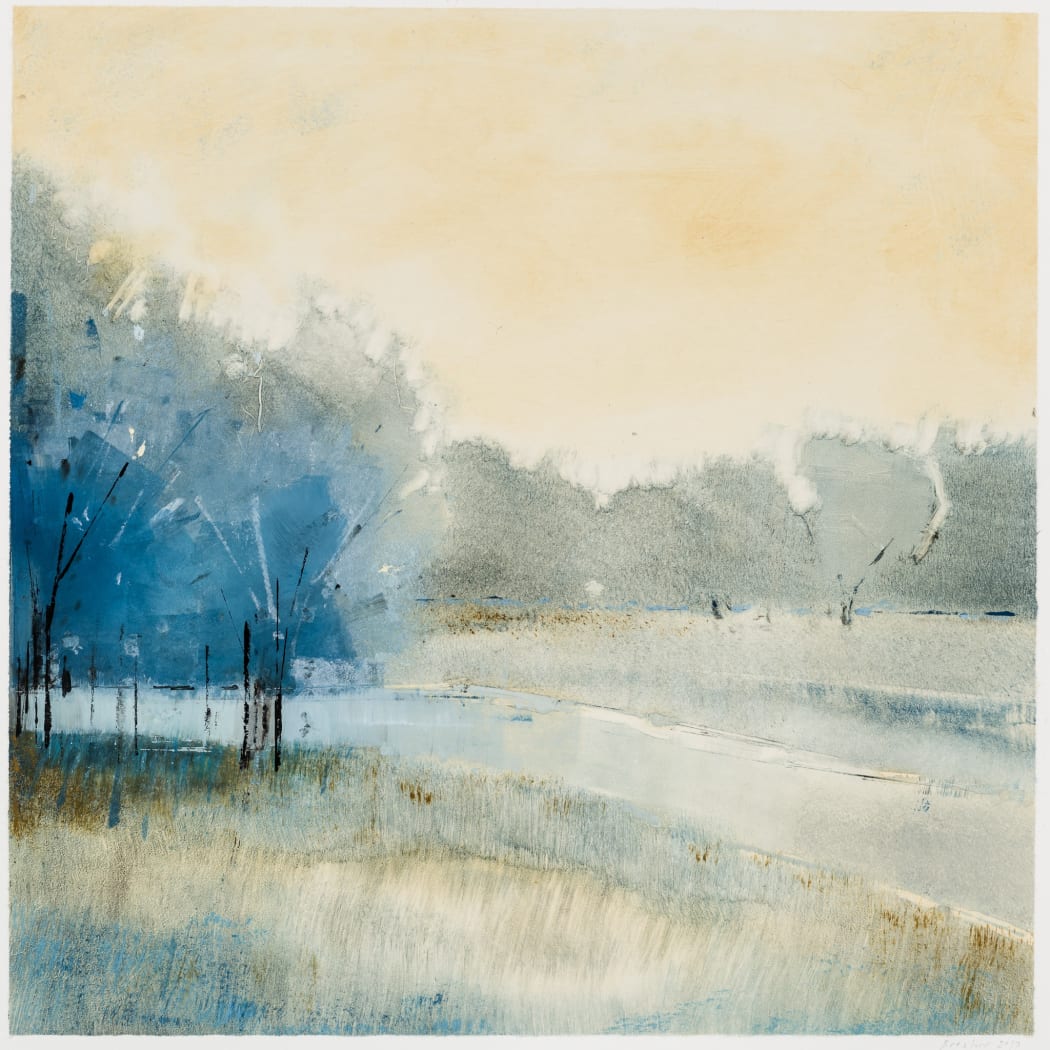 Lisa Breslow "Reverie 17"
Lisa Breslow "Reverie 17"
Susan English, "Horizontal/Vertical No. 10"
Work on paper has been an integral part of Kathryn Markel Fine Arts' program since it began. During our interview with Kathy for our 40th anniversary, she tells the story of transitioning from being a traveling salesman for Landfall Press in Chicago to moving to New York and starting her own gallery for original works on paper. It was a natural progression from selling prints, and working from flat files alone suited her small space in the Upper East Side perfectly. Focusing on paper also aligned with Kathy's mission of making the art world more accessible and democratic, which has not come without its challenges:
Work on paper gets no respect from the art world. There are very few famous artists that only work on paper. For an artist to be famous, they also must work on canvas, sculpture, or installation. So unfortunately, since I've always been drawn to work on paper, the art world has never been particularly interested in the artists I carry.
Also, I love and exhibit beautiful art - which is kind of a no-no. I don't show art that is political or conceptual - also a no-no. I’ve always had a problem with a painting or sculpture that is not compelling on it's own - a work that needs an explanation or a backstory in order to make it compelling. So much contemporary art requires a PHD in semiotics to understand it, and I find that very elitist. I’ve always thought that art should be for everybody. And that's the kind of art that I represent.
While Kathy started selling paintings as well, she continued to expand her selection of contemporary works on paper that are beautiful as well as visually and intellectually rigorous. They also serve as a particularly good gateway for collecting art, and here's why:
-
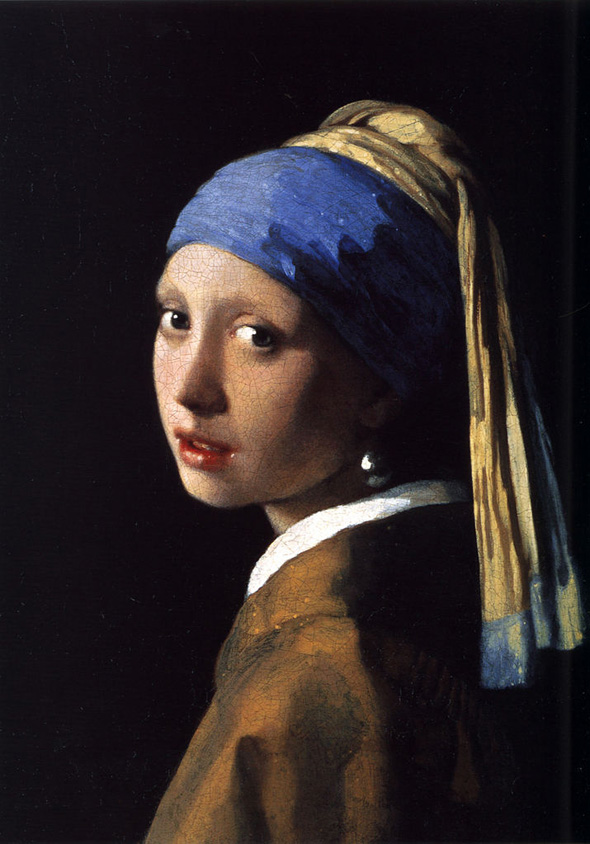
Whenever we talk about how to get started as an art collector, we stress the importance of looking. Before you set out to buy, you need to know what you like, and the only way to know that is by taking in as much art as you can. Now, when you're doing this you're most likely going to be looking at museums and focusing on bigger names and famous masterpieces. Forgive us for being presumptuous, but we're going to guess that those pieces likely won't be realistic purchases for when you're reading to buy. So, even once you've developed and understood your taste, how can you translate what you love about these high-end works into finding art that's more attainable? In order to help you bridge that gap, our So You Like series breaks down what you might find appealing about certain often-referenced artists in the contemporary art market so that you know what type of work to look for in the galleries you visit.
This time, we're taking a look at Vermeer.
-
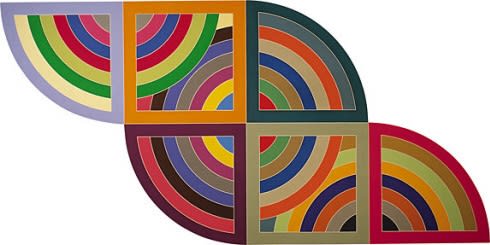
Whenever we talk about how to get started as an art collector, we stress the importance of looking. Before you set out to buy, you need to know what you like, and the only way to know that is by taking in as much art as you can. Now, when you're doing this you're most likely going to be looking at museums and focusing on bigger names and famous masterpieces. Forgive us for being presumptuous, but we're going to guess that those pieces likely won't be realistic purchases for when you're reading to buy. So, even once you've developed and understood your taste, how can you translate what you love about these high-end works into finding art that's more attainable? In order to help you bridge that gap, we're starting a new series that breaks down what you might find appealing about certain often-referenced artists in the contemporary art market so that you know what type of work to look for in the galleries you visit. This can also help you have conversations with dealers that can guide you toward pieces you might love much more effectively.
To start, we're going to take a look at Frank Stella.
-
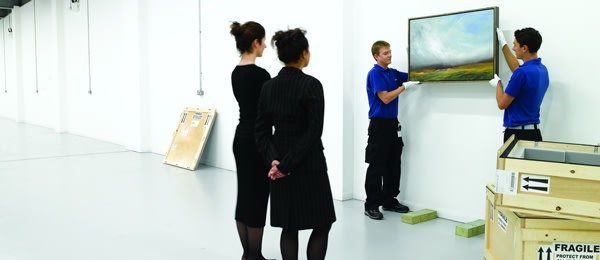 Photo Courtesy of Constantine Moving
Photo Courtesy of Constantine MovingEvery week, we'll be your guide as you navigate the world of buying art in our series, The Collector.
After the initial excitement of buying a work of art has passed, it's time to start thinking about your next steps. Handing your check over is just the beginning! There are important things to take into consideration when it comes to properly caring for the work as well as getting your legal and financial ducks in a row. Thankfully, there are a bunch of experts to help you through theses processes and it's just a matter of knowing who to turn to.
-
 Art of Paper
Art of PaperEvery week, we'll be your guide as you navigate the world of buying art in our series, The Collector.
If you're a collector, the world of art fairs should be on your radar, but they may seem incredibly daunting. They have been an increasingly popular destination for collectors and art enthusiasts over the past few years, and are considered to be one of the most important outlets for dealing and socializing alike. But with the overwhelming number of options to attend and the potentially enormous scale of the fairs themselves, how do you even begin? The art fair season will be in full swing shortly, so we've put together a primer for the first-time attendee.
-
 An Auction at Sotheby's, Photo Courtesy of Art Market Talks
An Auction at Sotheby's, Photo Courtesy of Art Market TalksEvery week, we'll be your guide as you navigate the world of buying art in our series, The Collector.
The art auction is one of the most alluring parts of collecting art for many people. Simultaneously the most visible market (with its splashy headlines and glamorous guestlists) and the most mysterious (with its secretive bidders and sellers and its behind-the-scenes whispering), the world of auctions can seem inscrutable. There's language to be decoded and research to be done and gossip to be sifted through. (If you've been following the news in the art world lately, you'll know that there are some very juicy things happening in the auction houses of New York.) But once you're in the know, bidding at an auction can be a fun, exciting, and satisfying way to collect art. (Or you may think it's frustrating, vapid, and a rip-off. But that's for you to decide!)
-
 Detail of "Purple Lake 12" by Susan Hambleton
Detail of "Purple Lake 12" by Susan HambletonEvery week, we'll be your guide as you navigate the world of buying art in our series, The Collector.
There can be a misconception that prints are not as prized as paintings or works on paper, but collecting prints certainly has its own joy. Of course, there are many different kinds of prints, and it's important to be able to distinguish those that are of genuinely good value rather than just a mechanical reproduction of an original work. But, a good, artistically viable print can be seen as an extension of their entire artistic vision. More and more often, respected artists are making prints because they see them as an integral part of their work. Also, a print very often has a substantially lower price than its counterparts on canvas. If you're interested in prints, here's a guide on how to get started.
-
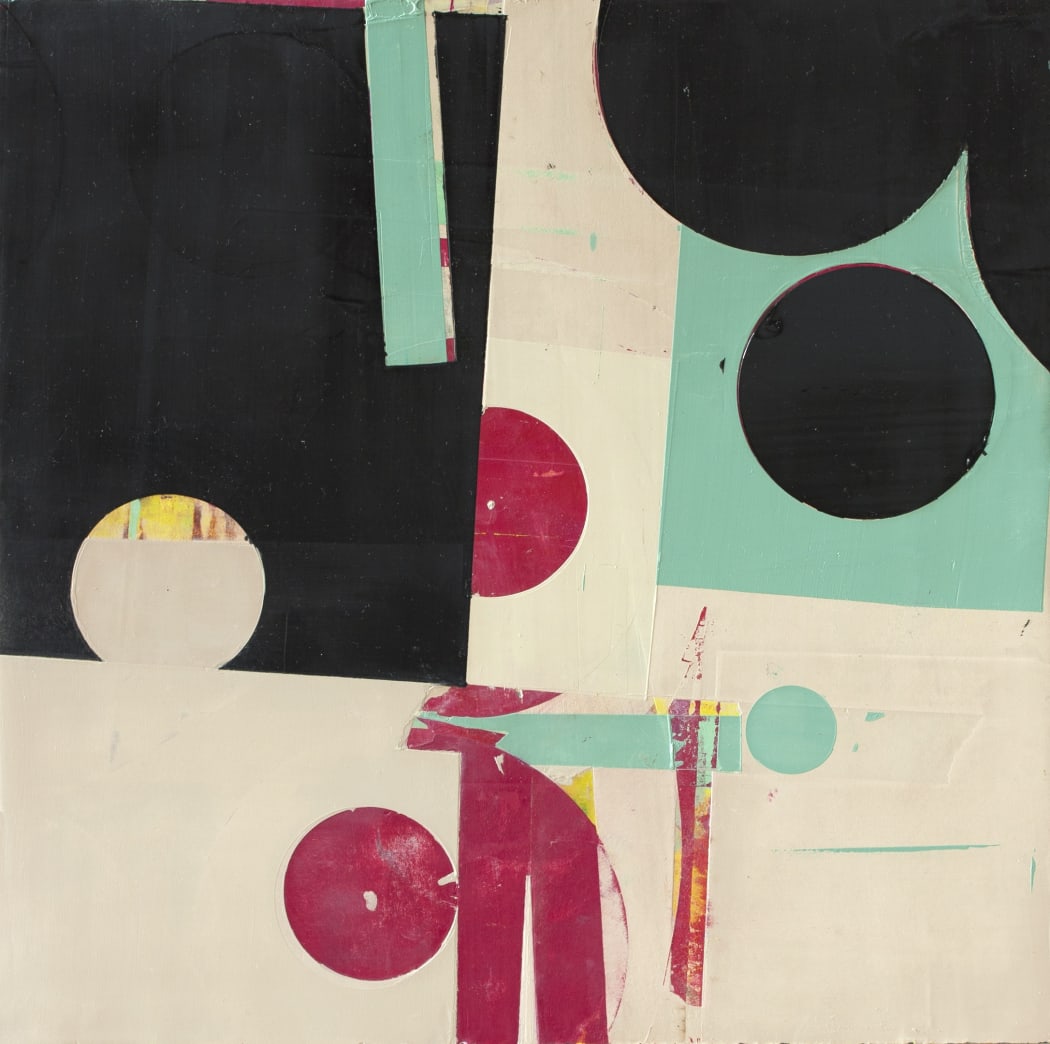 Detail of "Wishful Thinking" by Suzanne Laura Kammin
Detail of "Wishful Thinking" by Suzanne Laura KamminWhat is Art Worth?
Let's Talk Dollars and CentsEvery week, we'll be your guide as you navigate the world of buying art in our series, The Collector.
Last week, we talked about art as an investment and (spoiler alert) concluded that it wasn't best to think of collecting art as an investment alone. First and Foremost, Buy What You Love!! But, it is important to consider the work's value. So, how do you know what a piece of art is actually worth? Figuring that out is one of the trickiest parts of buying art, even for total veterans of the art world. This week, we'll take a look at some basic concepts and rules for how art is priced and how to ensure you're getting a good deal.
-
 Duchamp's Urinal
Duchamp's UrinalHow Can I Tell if This Art is a Good Investment?
(It Isn't.)Every week, we'll be your guide as you navigate the world of buying art in our series, The Collector.
If you're getting into the art collecting game with dollar signs in your eyes, you should probably take a seat and read this first. We hate to break it to you, but art is a crummy investment. Call us sentimental, but our number one rule when it comes to buying art is to buy what you love. Buy what speaks to your soul and what you can't imagine living without being lucky enough to look at it every day. If you're lured in by news of those million dollar sales, it's very likely you'll be disappointed. For one, the vast majority of artwork never goes up in value. Most art declines in value by 50% the minute you walk out of the gallery. It's also not liquid. Typically, a dealer who sold you a piece of art will not buy it back later. They have new work to sell by the artist that they can get on consignment, and so they don't want to deal with older works that they have to pay for.
Also, determining the value of art is one of the trickiest parts of the art world and market. Just like any other market, the art market fluctuates over time, and predicting the rise and fall of any one piece's value is near impossible and, for the most part, essentially based on luck. Art is a subjective medium, and a lot of what goes into buying it is purely based on emotions. It's futile to attempt to quantify those transactions rooted in something so intangible. How do you turn taste and public opinion into a formula?
-
 Meredith Pardue's Work in Its Home
Meredith Pardue's Work in Its HomeEvery week, we'll be your guide as you navigate the world of buying art in our series, The Collector.
If you're an intelligent, affluent, sophisticated consumer just starting to dip your toes into the world of art, the contemporary art market can seem overwhelming and intimidating. How do you know what you like? Where do you find it? Is it a good value? You've got to replace those college posters and the impulse buys you found in souvenir shops on vacation. But where to start?????
It going to take some time, but you are going to love learning about the art world and the art market.
Here are the three first steps to take for buying original art: